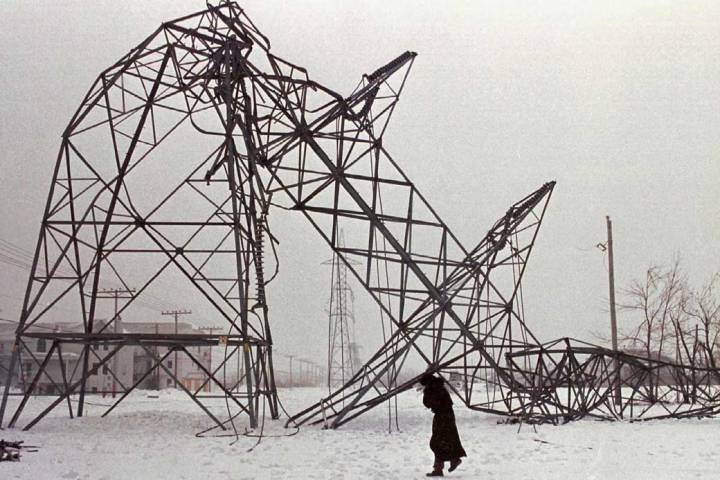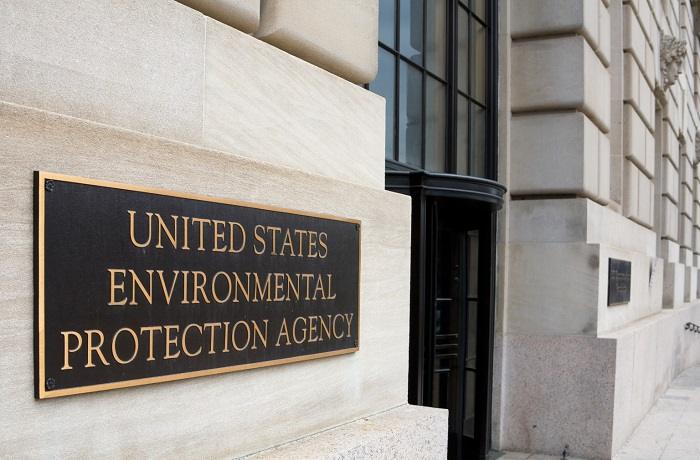When you think of natural disasters that could interrupt the power grid, you probably think of hurricanes, tornadoes and floods. However, it was a massive ice storm that left millions of Canadians and some Americans without electricity and heat for a period of days to weeks in 1998.
Known as the Great Ice Storm of 1998 or the North American Ice Storm of 1998, the huge January weather event was really a combination of five smaller ice storms that struck a narrow geographic band that stretched from eastern Ontario to southern Quebec and Nova Scotia and included a section of northern New York and central Maine. Upwards of three inches of ice fell in some places.
The storm’s wrath killed 35, injured 945 and displaced about 600,000 people. Additionally, the resulting widespread power outage affected 1.4 million people in Québec and nearly 240,000 people in eastern Ontario. The total financial cost of the storm is estimated in excess of $5 billion.
Story continues below video
People were without power for anywhere from several days to several weeks, and, in a few instances, several months, as Canadian workers scrambled to reconstruct the power grid in the wake of the damaging ice. More than 1,000 transmission towers collapsed.
The Weather Channel recently named it the worst ice storm in U.S. history – nearly 80 percent of Maine was without power — although its impact was felt mostly in Canada.
Are You Prepared For A Long-Term Blackout? Get Backup Electricity Today!
To handle the crisis, which included the closing of several main roads, more than 16,000 members of the Canadian military were deployed, the largest peacetime deployment in Canadian history.
Story continues below video
Ice storms are not unusual during the winter in the Lake Ontario and St. Lawrence region, a location where warm low-pressure currents from the Gulf of Mexico encounter cold high-pressure currents from the Arctic. When the two currents collide, warm air tends to rise above the cold air. Then, the resulting precipitation often begins as rain but freezes as it reaches lower altitudes or hits the ground.
Between Jan. 4 and Jan. 10, 1998, however, parts of the St. Lawrence Valley in Quebec received more than twice the amount of icy precipitation they average in an entire year.
Although Kingston and Ottawa received the brunt of the storm, about 2.6 million people — nearly one fifth of all Canadian workers—were either impeded or prevented from getting to their place of employment. Businesses of all sizes in Quebec were severely impacted, and many small communities were completely shut down by the storm.
The storm hit a large location for the Canadian dairy industry. Many dairy cows became ill as the mechanical operations to feed and milk them shut down. To make matters worse, with power out at local milk processing plants, more than 10 million liters (2.6 gallons) of milk had to be thrown away.
Canada’s maple syrup industry also was devastated by the storm, as millions of tree branches were damaged. More than 20 percent of Canada’s syrup-producing tree taps also were disabled or destroyed in the storm, and Québec syrup makers lost most or all of their entire sugar bush. The damage was so severe that it took years for the industry to recover.
As one of the worst natural disasters in Canadian history, the Great Ice Storm of 1998 was the cause of $5 to $7 billion in economic losses, with insured losses from the event reaching $1.6 billion.
Have you ever experienced an ice storm? Share your memories in the section below:










